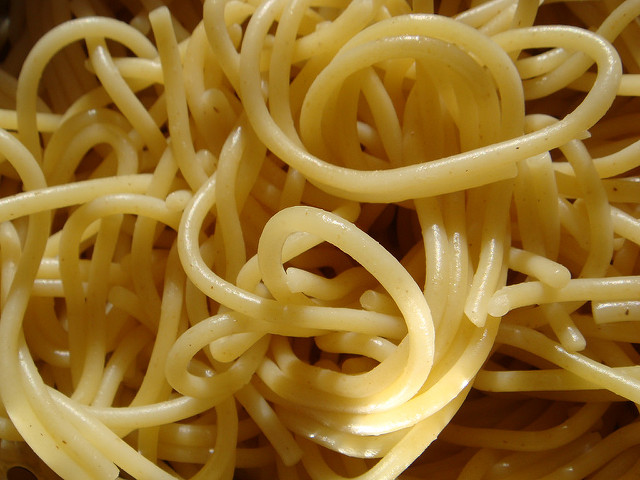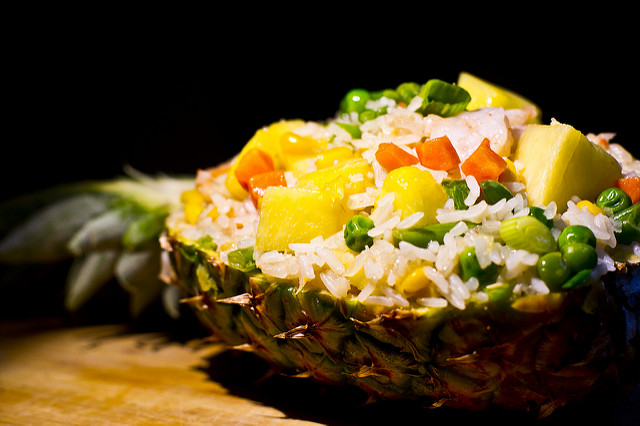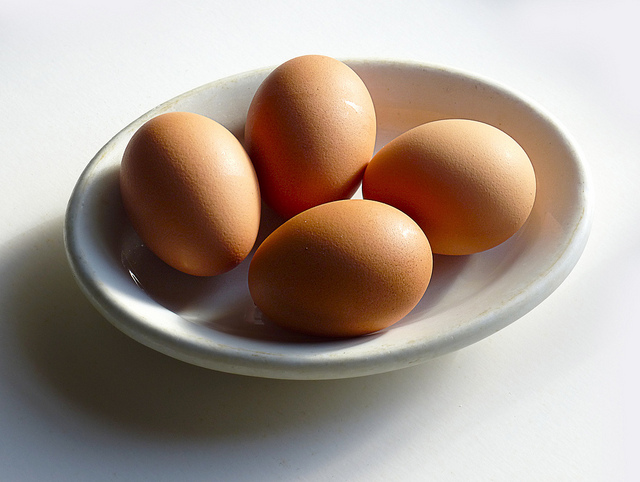These Foods Have the Highest Markups in Restaurants
By:
Most people may enjoy going out to a restaurant to eat every once in a while, but it's a habit that can likely get expensive fast. Industry-wide markups on food and drink costs usually means that the consumer will likely have to pay a far steeper price for restaurant food than if it was just bought in the grocery store. But not all markups are equal, some foods are consistently marked up more than others relative to the actual cost.
Here are five items to avoid if you're looking for value when you go out to eat.
 Stocksy/Jovana Rikalo - stocksy.com
Stocksy/Jovana Rikalo - stocksy.com
1. Drinks
Whether it’s wine, cocktails or soda, this is where most restaurants consistently levy the highest markups. As Michael Idov writes in New York Magazine, a bar can “make rent on Friday night alone with berserk well drink markups. A $10 vodka bottle yields eighteen to twenty shots that, mixed with $4 to $5 worth of tonic, will fetch $100…” And the same goes for restaurants. As Gretchen Roberts writes in Wine Enthusiast magazine, "a bottle priced at $10 wholesale might sell for $15 retail, but $25 to $30 in a restaurant." Often times, these higher prices are part of how restaurants pay the rent.
 Wojtek Szkutnik - flickr.com
Wojtek Szkutnik - flickr.com
Soda is among the absolute worst offenders. Popular industry blog Foodservice.com calculates the cost of 20 oz. fountain soda for the restaurant to be roughly 12 cents so it’s safe to say that most restaurants likely have generous profit margins on soft drinks.
2. Pasta
The Bureau of Labor Statistics places the average retail cost of a pound of spaghetti, which is far more than a single serving, at $1.29 per pound. It makes sense that pasta is so cheap because it's made up mostly of flour and water, which are considered relatively cheap ingredients — albeit with some extra labor.
 Vincent Tcheng Chang - flickr.com
Vincent Tcheng Chang - flickr.com
3. Edamame
A bowl of warm soybeans is a tasty way to start off a sushi dinner. But most restaurants are buying the pods frozen for $1.95 a pound or less, according to Forbes. A quick steam is all it takes to turn a pretty hefty profit for this dish.
4. Fried Rice
 Ruocaled - flickr.com
Ruocaled - flickr.com
A staple at American-Chinese restaurants, fried rice is known as a great way to use up leftovers since the main ingredients are usually rice with the cook's choice of veggies and protein. Fried rice is also a great way for restaurants to repackage cheap produce as a more expensive dish, according to Forbes. Plus, this dish is actually pretty easy to make at home.
5. Eggs
 Liz West - flickr.com
Liz West - flickr.com
The protein with the highest mark up is a good old-fashioned egg. As Adam Mali, executive chef at Nick's Cove in Point Reyes, told SFGate, the average profit margin for a scramble is somewhere around 80 percent.
The best rule of thumb when going out to eat is to just order something you can't make at home.
If a dish reflects the talent and skill of a trained chef, the experience is — in some sense — priceless. Maybe you'll end up spending a little extra money on that Wagyu beef, but the restaurant's margin is guaranteed to be lower, and you won't have overpaid for something you could make in your own kitchen.
Also, the costs of running a restaurant are high, with rent, electricity, water, silverware and glassware, and the salaries for the staff and cooks. "The remaining 65 to 75 percent of what you are charged has to cover everything from kitchen equipment to lighting to the chefs’ wages. After all that is accounted for, it’s a miracle if any profit remains," Bee Willson wrote in The Telegraph.
So while, for some, nothing beats a meal served by a talented chef, or the ambience accompanying the meal, it’s important to keep in mind that some items on the menu will give you decidedly more of a bang for your buck.
